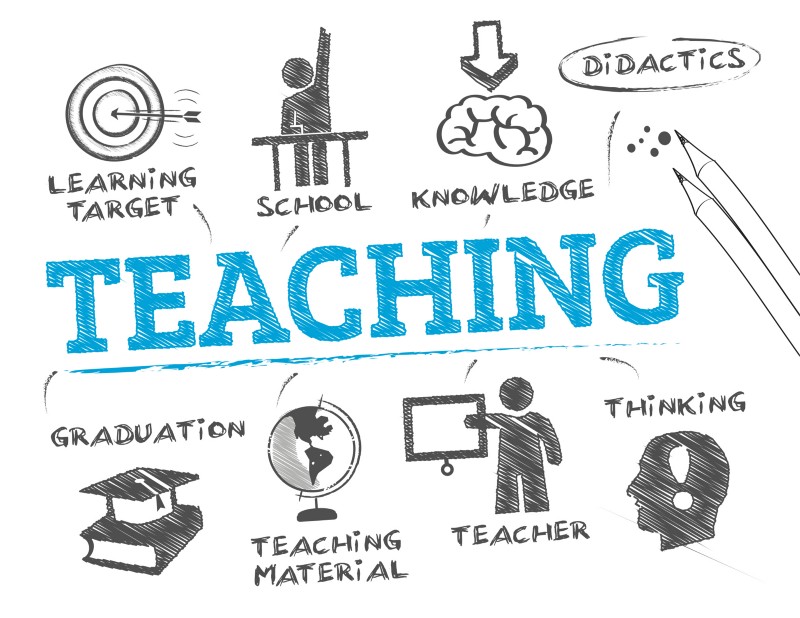Societies have made studies through learning and teaching foreign languages over the years. Over time, each culture has its own language learning route. Outdated methods are out of date, and their good features have been transferred to the future. One of the oldest of these is the Grammar – Translation method. Starting from the middle ages and continuing until today, language teaching was provided by translating in the target language by complying with the grammar rules. Grammar patterns were given to the students beforehand, and their learning was limited to them. It does not contribute to imagination and creativity. It is mostly limited in the theoretical dimension, the students experience difficulties while adapting to the spoken language. Individuals with the same mother tongue can use it. the main purpose is to communicate in all linguistic skills in the target language, it has not achieved sufficient success.
In the 19th century, the Natural Method emerged as a reaction to the Grammar-Translation method. This time the target language is in focus. He advocated giving grammatical rules implicitly and in context.
The Auditory-Linguistic method is a method developed by the soldiers of the American army in the countries where they are deployed to learn the languages of those countries in a way that meets their needs and as soon as possible. It focuses on military benefit. Although this was the starting point, his success was noticed and It has also been used in civilian schools. The Auditory-Linguistic Method gave more importance to listening and speaking skills. It has been important to use the language rather than the rules and make it a habit.
The method that emerged in France in the 1960s is the Audio-Visual method. In these periods when technology started to write its traces in history, it brought a different perspective to the environment as it benefited from technology. The burden on the teacher is too high. In this method, which does not give enough importance to grammar rules, reading and writing skills, language teaching is simplified. In language teaching, which is intended to be carried out in three stages, 8 daily spoken language constitutes the first stage, teaching through newspapers and magazines is the second stage, and teaching through fields of expertise such as science, medicine and law is the third stage. In this method, foreign language teaching mostly proceeds in the form of questions and answers.
Although it has benefited from technology, it has not been effective enough. The main goal of the Communicative Approach, which was born to fill this gap, is to enable students to communicate in the target language. Activities such as language games, role-playing, problem solving, arranging sentences or paragraphs and filling in the gaps, which highlight the effectiveness of the communication process in the classroom, are used in the communicative method.) The Communicative Approach advocates that the student understand and comprehend the structures learned rather than repeating them.
Another method is the Suggestion Method developed by the Bulgarian psychiatrist Lozanov. The purpose of this method is to conduct classroom interaction in a comfortable environment, away from anxiety and stress. Music is used as an effective teaching tool, and classrooms are carpeted and look like living rooms in foreign language classes. In order to ensure communication in a warm and friendly environment, environmental arrangements are made and nicknames are given to each student and a new identity is created. Students who are far from their own selves get rid of the fear of making mistakes and memorize the dialogues they hear to the accompaniment of music. 9 Principles such as humor, creativity, artistic expression, physical activity, music, empathy (sympathy) and interaction, which can attract the attention of every foreign student learning Turkish, are elements that native speakers are not even aware of.

